Renewable developer Equis Development has released more information about its giant Melbourne Renewable Energy Hub, for which construction has now commenced on a 90-hectare site in Plumpton, 25 kilometres northwest of Melbourne.
Boasting its status as Australia’s biggest battery, and likely one of the largest in the world, when the Melbourne Renewable Energy Hub (MREH) was approved by Australia’s Minister for the Environment and Water, Tanya Plibersek, in October, her media release claimed it would have a capacity of 2.4 GWh.
Equis’ latest update appears to have shifted this a bit – though it is worth noting that even back in October the company flagged a storage duration of 1.6 GWh as opposed to Plibersek’s 2.4 GWh. Regardless of this misalignment, the MREH project remains giant.
Thanks to the MREH being fast tracked due its status as a ‘Project of State Significance,’ construction on phase 1 has now been revealed by Equis to include three seperate batteries. Two of these are 200 MW / 400 MW. Both of these will be owned 70% by Equis and 30% by Victoria’s recently revived State Electricity Commission, or SEC.
The third battery will be 200 MW / 800 MWh – that is, it will have four hours of storage. This battery will be owned 51% by Equis and 49% by the SEC. It will also be subject to a 100% offtake agreement with SEC itself, allowing the state-run body to directly ensure firming for state solar and wind projects.
In total, phase 1 then includes 600 MW of battery power and 1,600 MWh of storage, involving an investment of over $1 billion (USD 661 million). The company said: “With the SEC’s equity investment of $245 million, Equis expanded its equity investment to over $510 million in MREH phase 1.”
Flow batteries to potentially come
Equis has, however, been approved for 1,200 MW of capacity at the MREH site. It says “the remaining 600 MW is currently being developed with longer term storage solutions of up to 12 hours.” It is reportedly considered flow battery technologies to meet this long-duration target.
Phase 1 will rely on lithium technologies though, with Equis noting that Tesla has been contracted to provide 444 fully integrated Tesla Megapack units.
Meanwhile, AusNet and Lumea are set to provide the connecting transmission infrastructure and a joint venture between Samsung C&T and Genus Plus Group to undertake the engineering, procurement and construction (EPC) of balance of plant of the project.
Equis
Equis has been in the Australian market for many years and was originally Singapore-based. In 2018, Equis Energy was sold to Global Infrastructure Partners and was renamed Vena Energy. Not long after the sale, however, Equis Development emerged and included much of the company’s previous management. That company is backed by Abu Dhabi Investment Authority and the Ontario Teachers Pension Plan Board.
The MREH project is just one of a 39 renewable energy, battery storage and waste infrastructure projects worth more than $6.5 billion that Equis has said it is currently developing in Australia.
While the MREH is the biggest of its battery projects, Equis has also announced plans to develop a 300MW/1,200MWh battery near Tamworth in New South Wales, a 200 MW/800 MWh energy storage system near Brinkworth in South Australia and two battery projects totalling 250 MW in Queensland.
This content is protected by copyright and may not be reused. If you want to cooperate with us and would like to reuse some of our content, please contact: editors@pv-magazine.com.
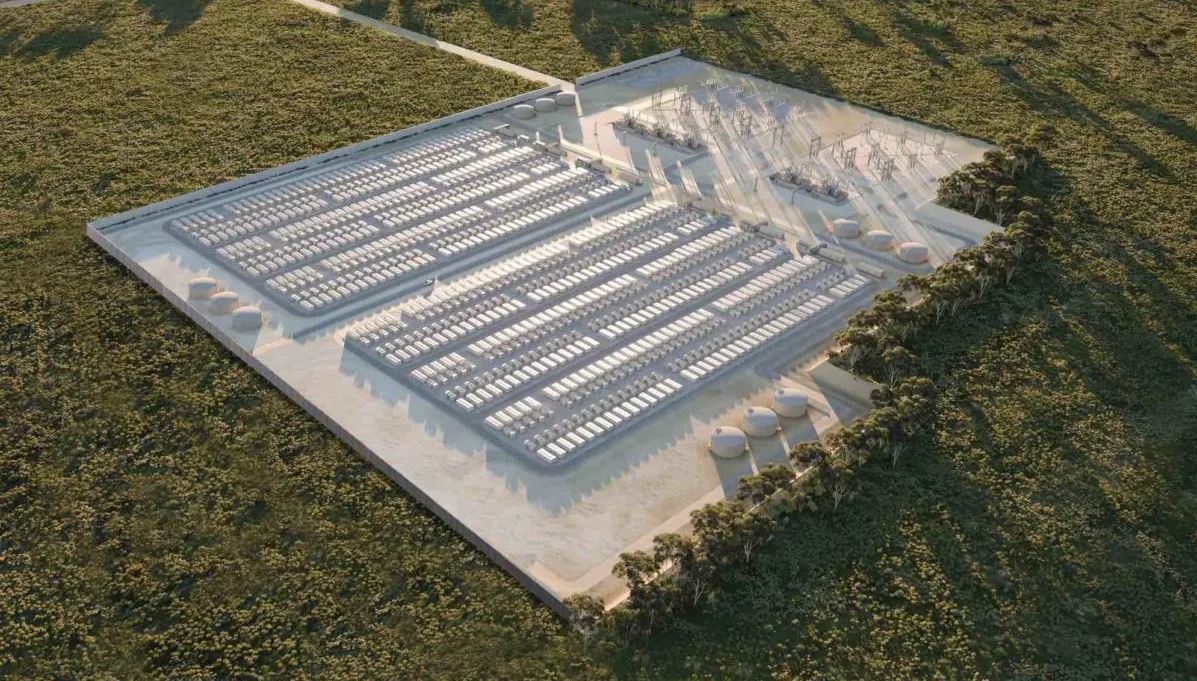


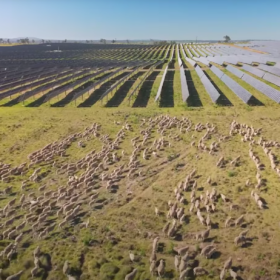
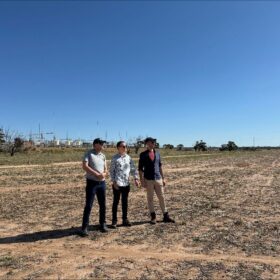
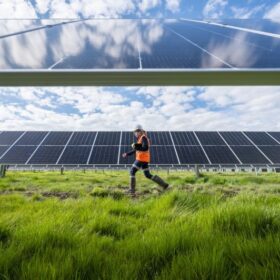
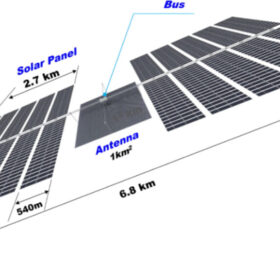
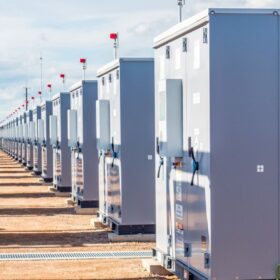
By submitting this form you agree to pv magazine using your data for the purposes of publishing your comment.
Your personal data will only be disclosed or otherwise transmitted to third parties for the purposes of spam filtering or if this is necessary for technical maintenance of the website. Any other transfer to third parties will not take place unless this is justified on the basis of applicable data protection regulations or if pv magazine is legally obliged to do so.
You may revoke this consent at any time with effect for the future, in which case your personal data will be deleted immediately. Otherwise, your data will be deleted if pv magazine has processed your request or the purpose of data storage is fulfilled.
Further information on data privacy can be found in our Data Protection Policy.